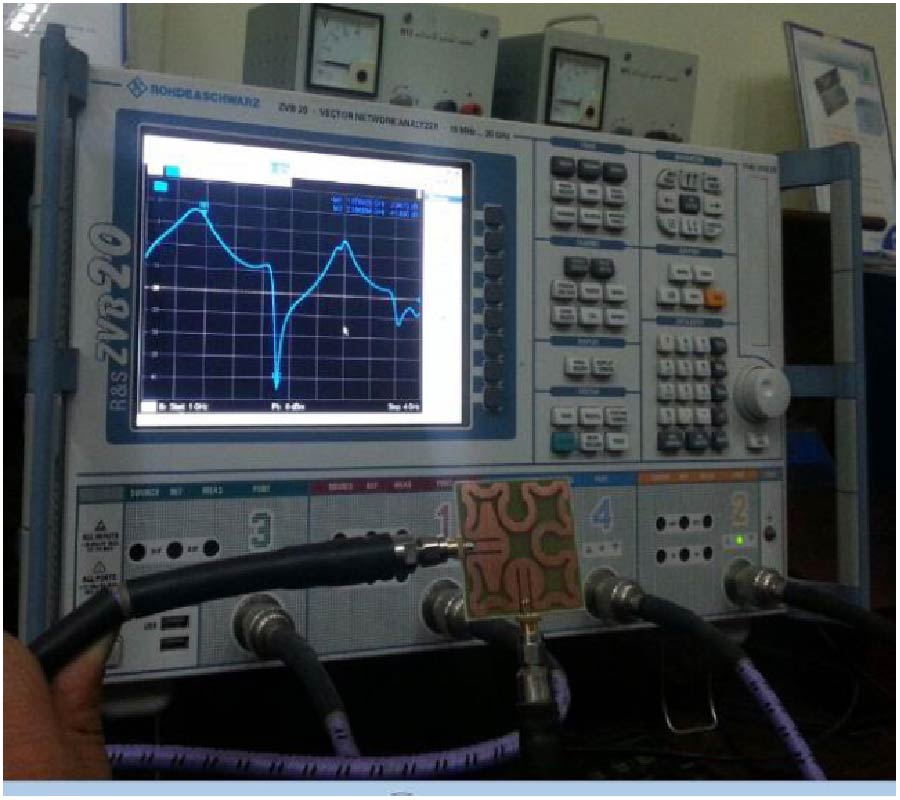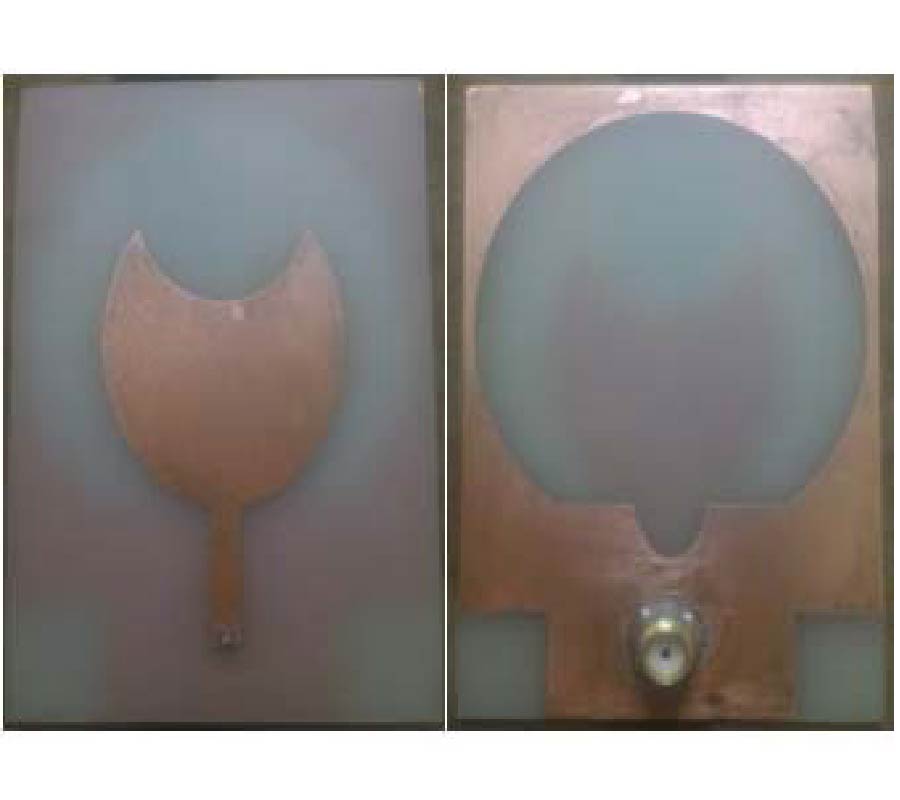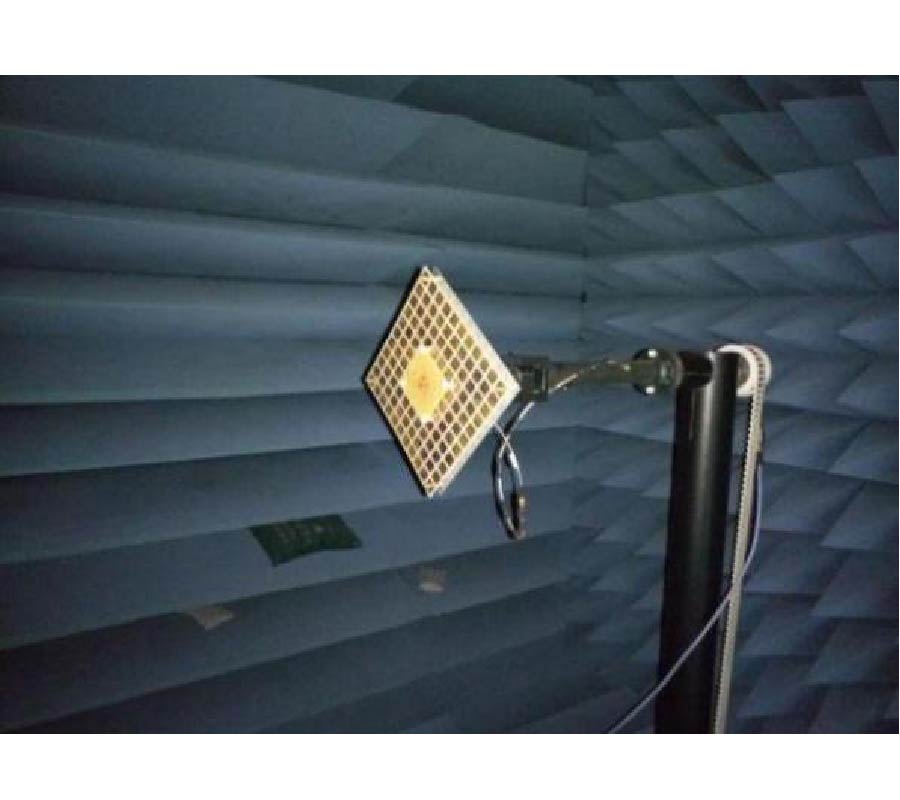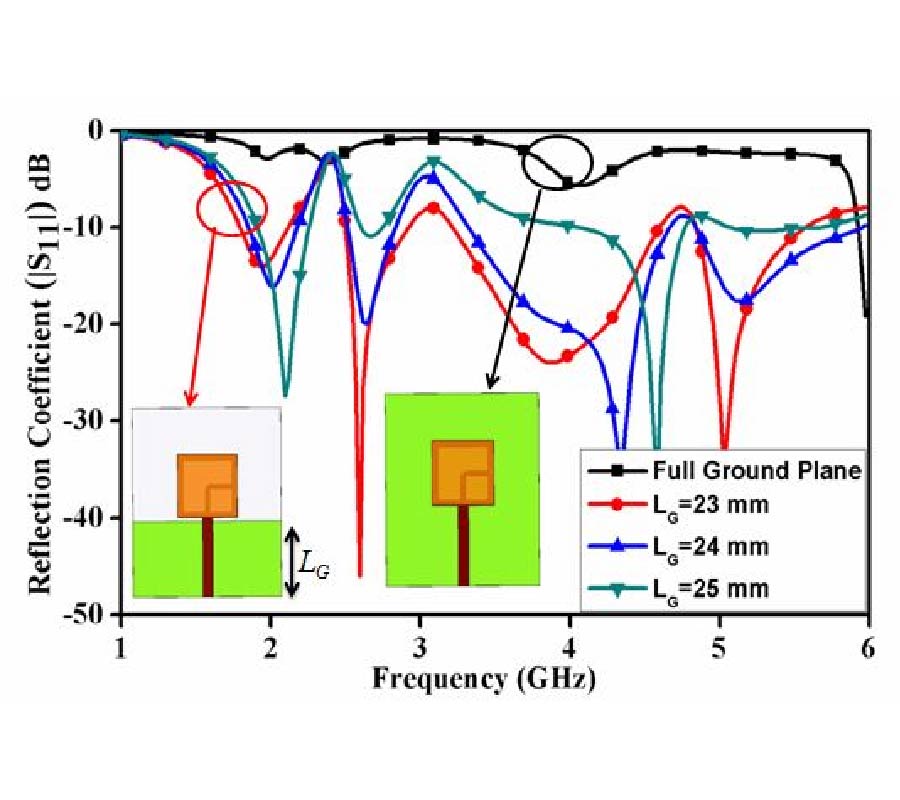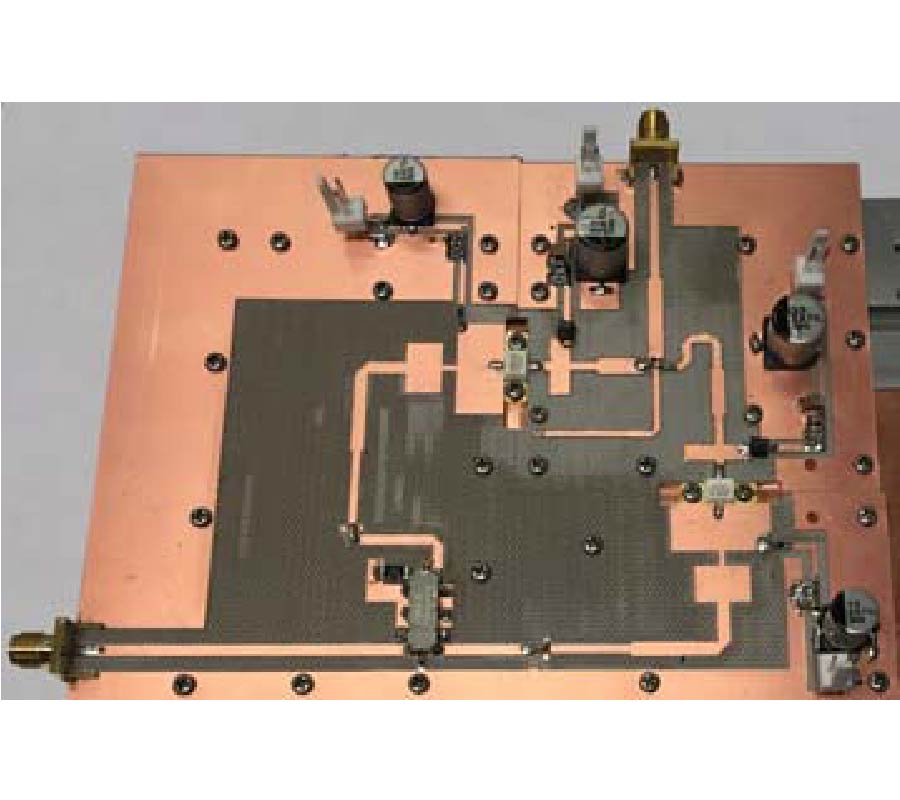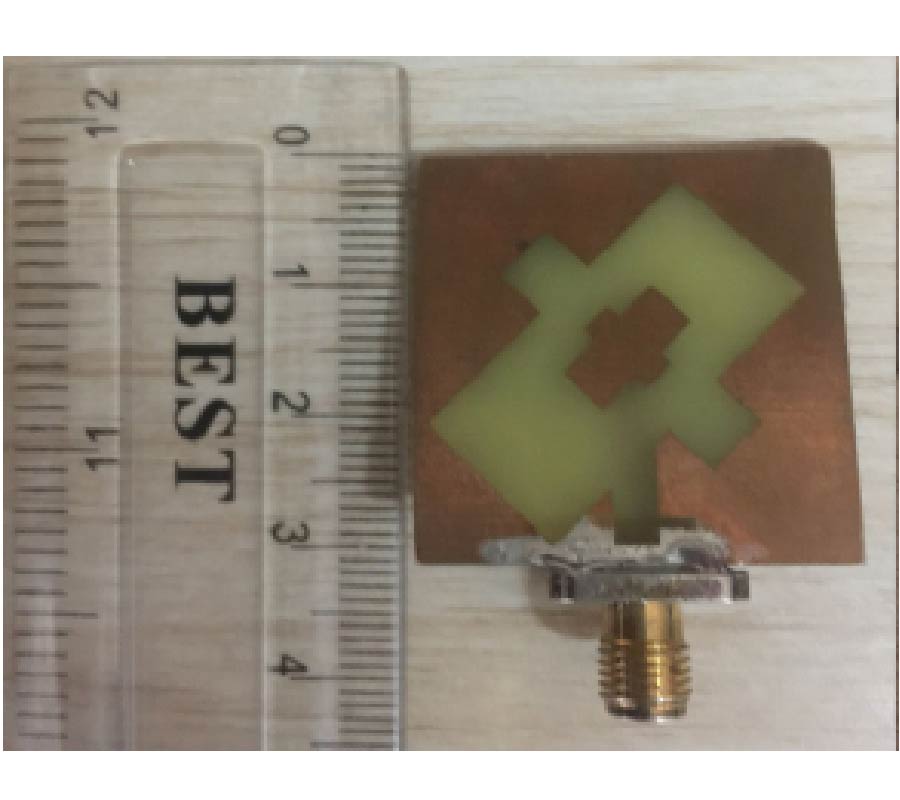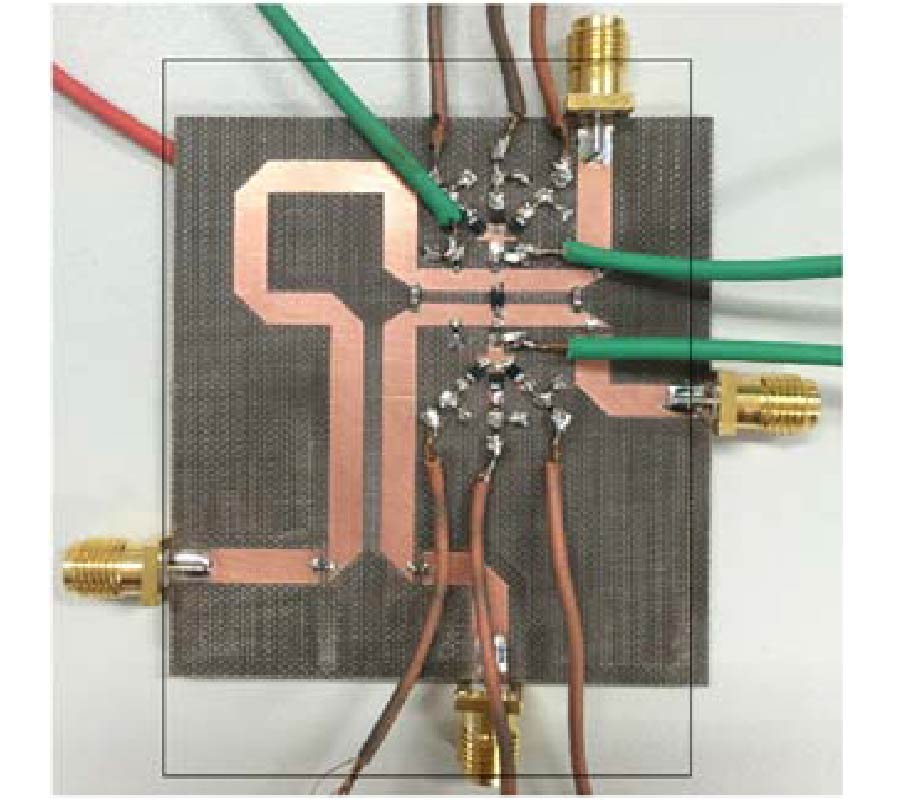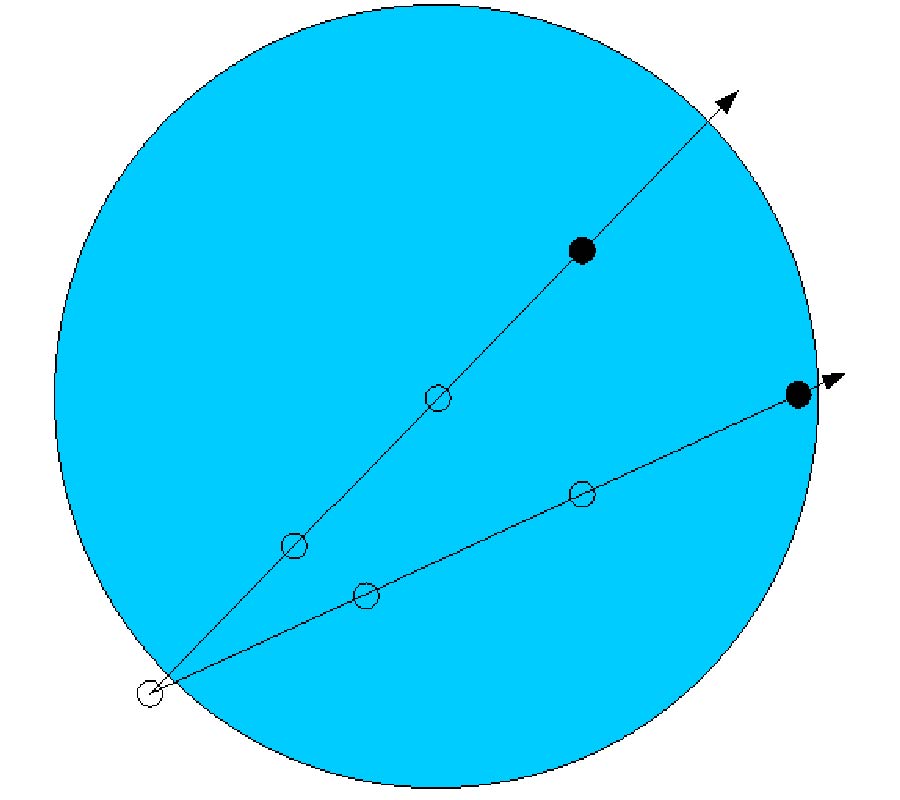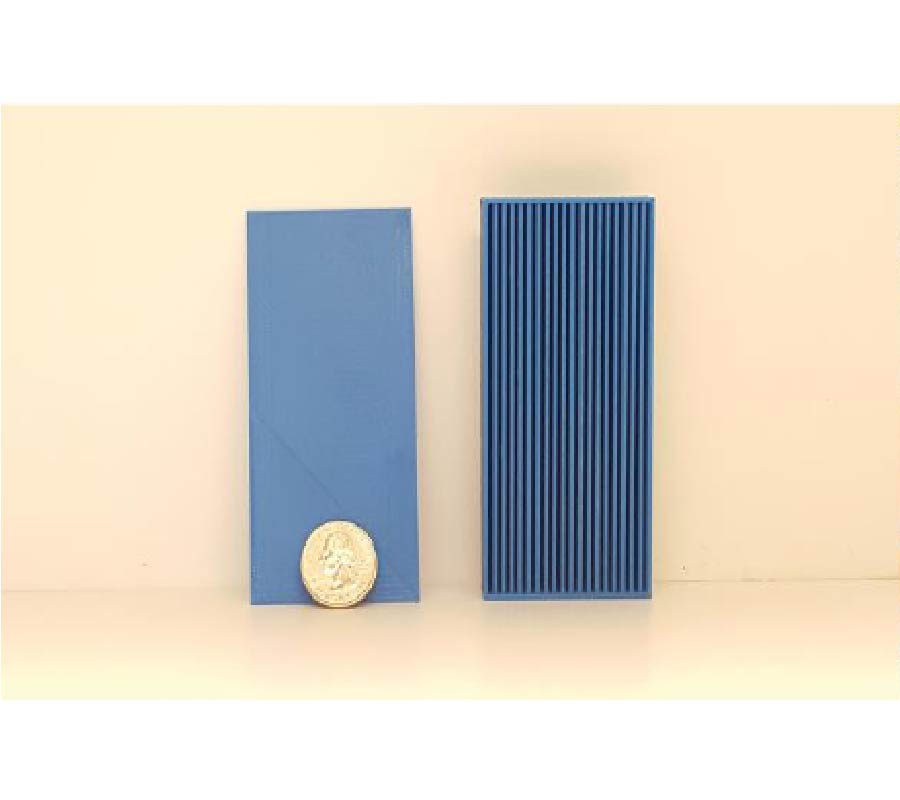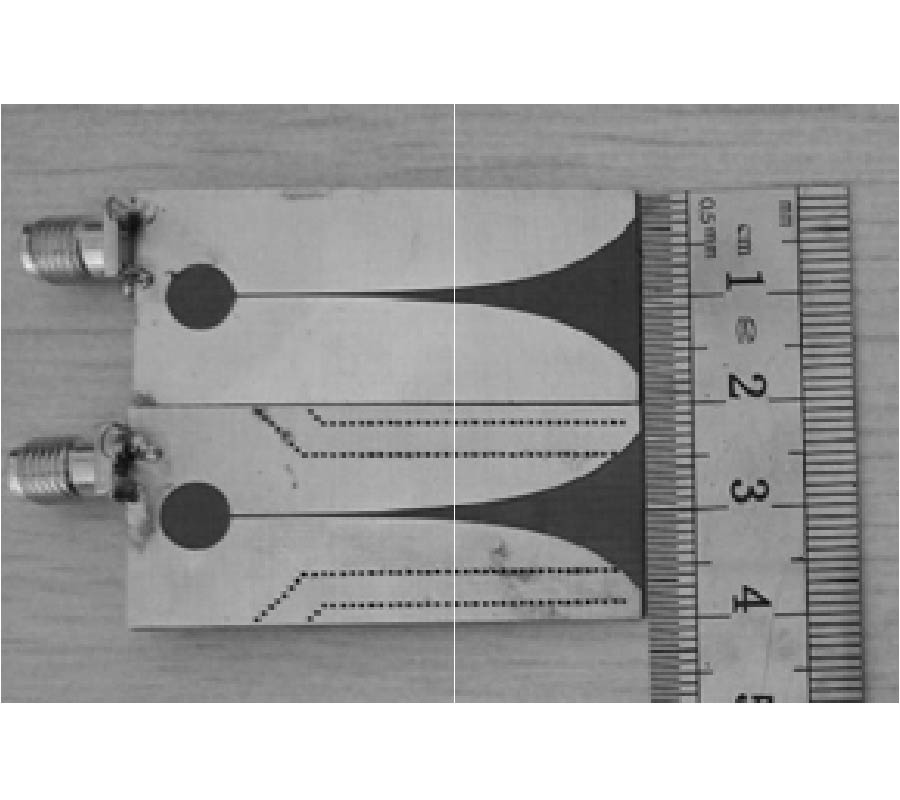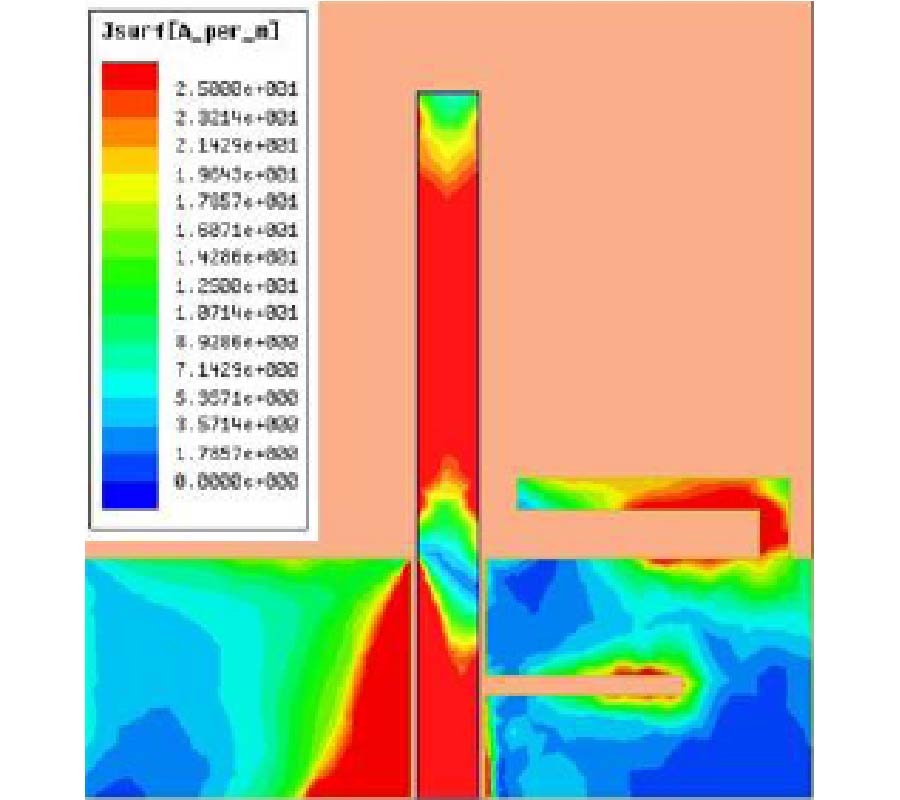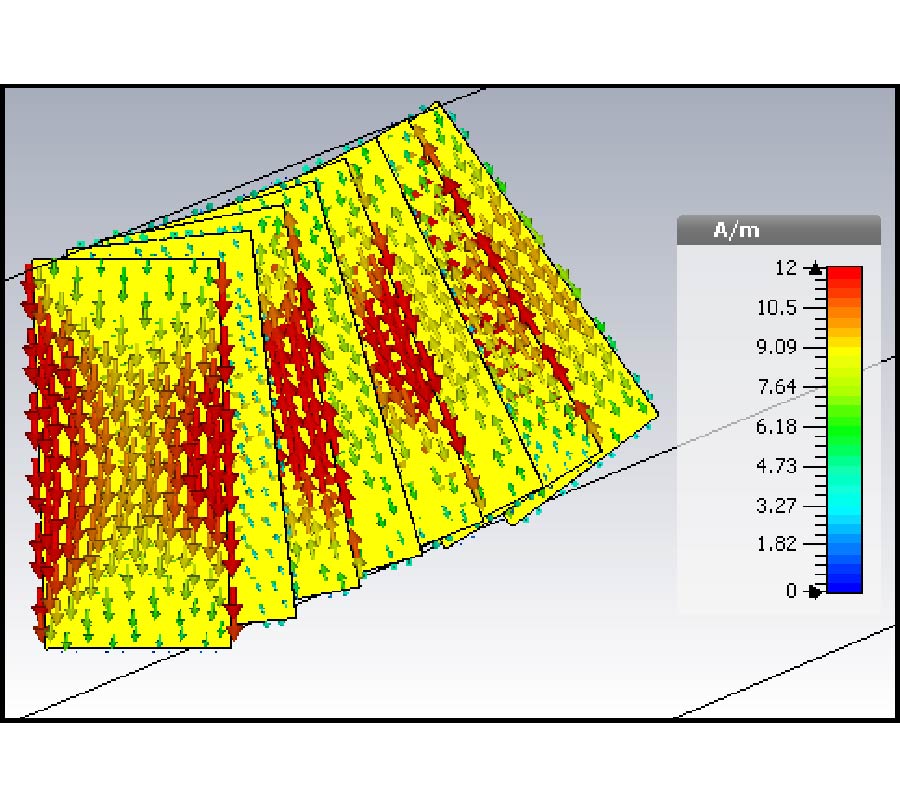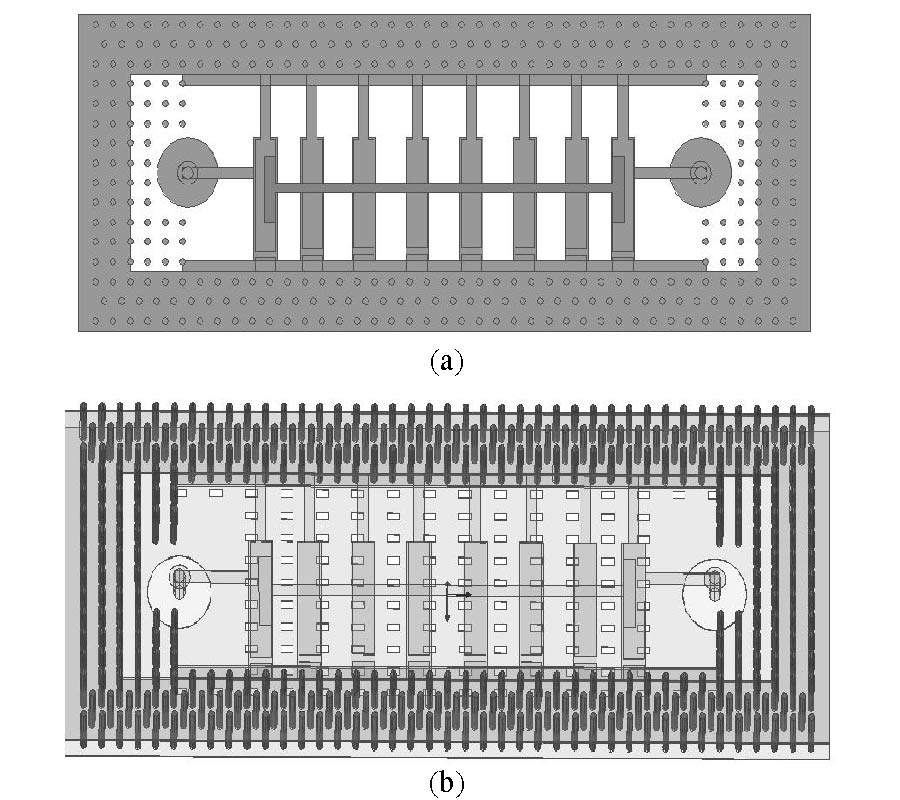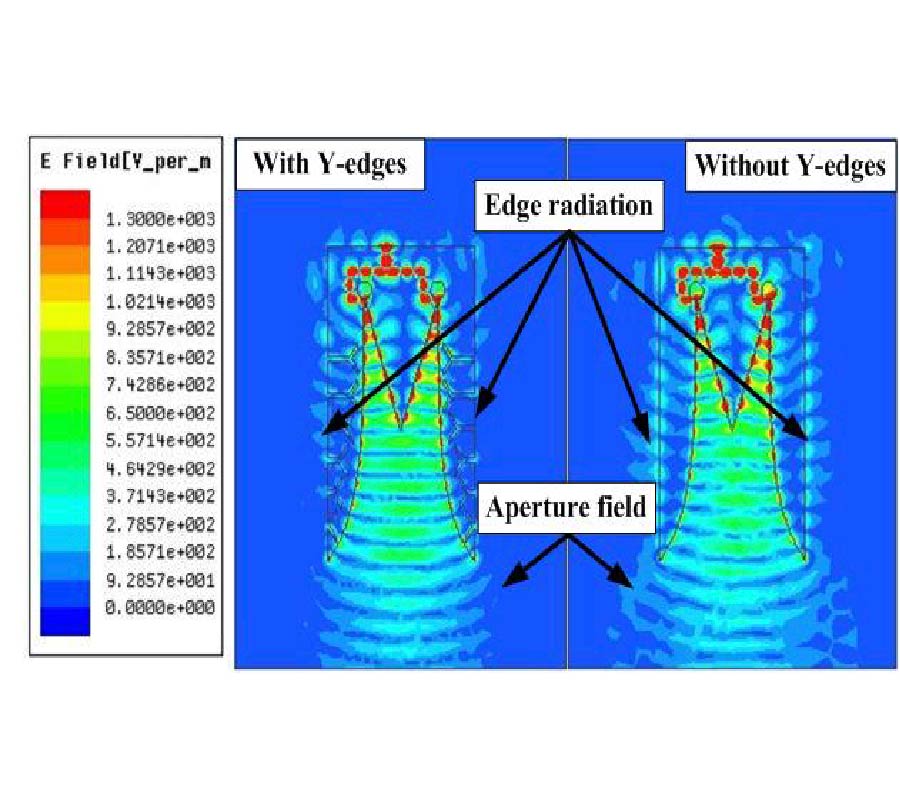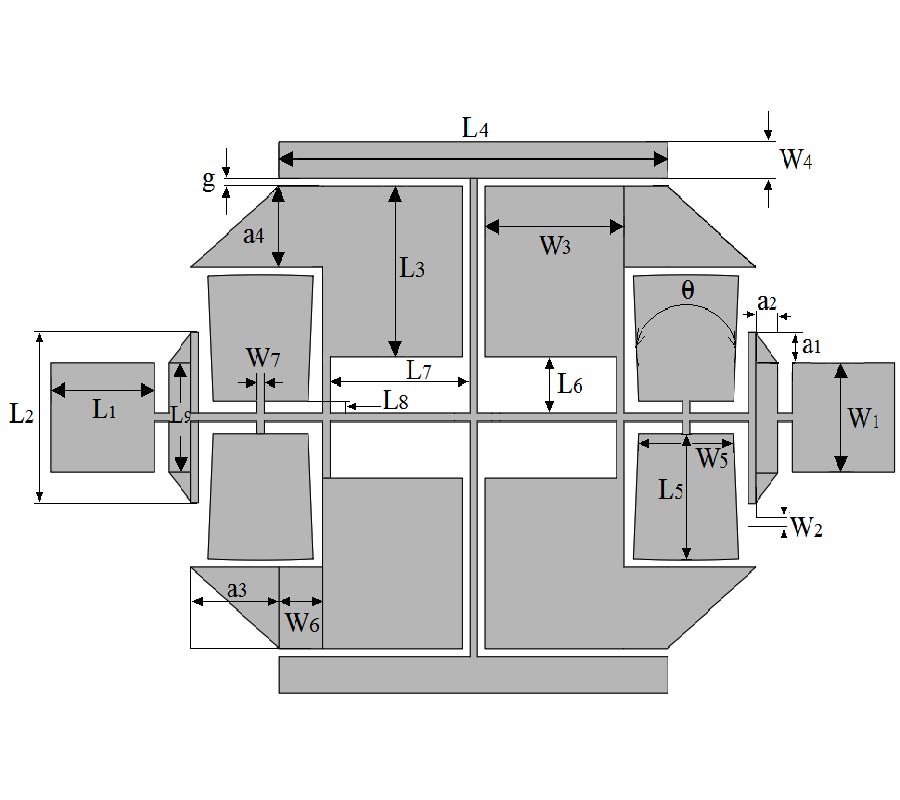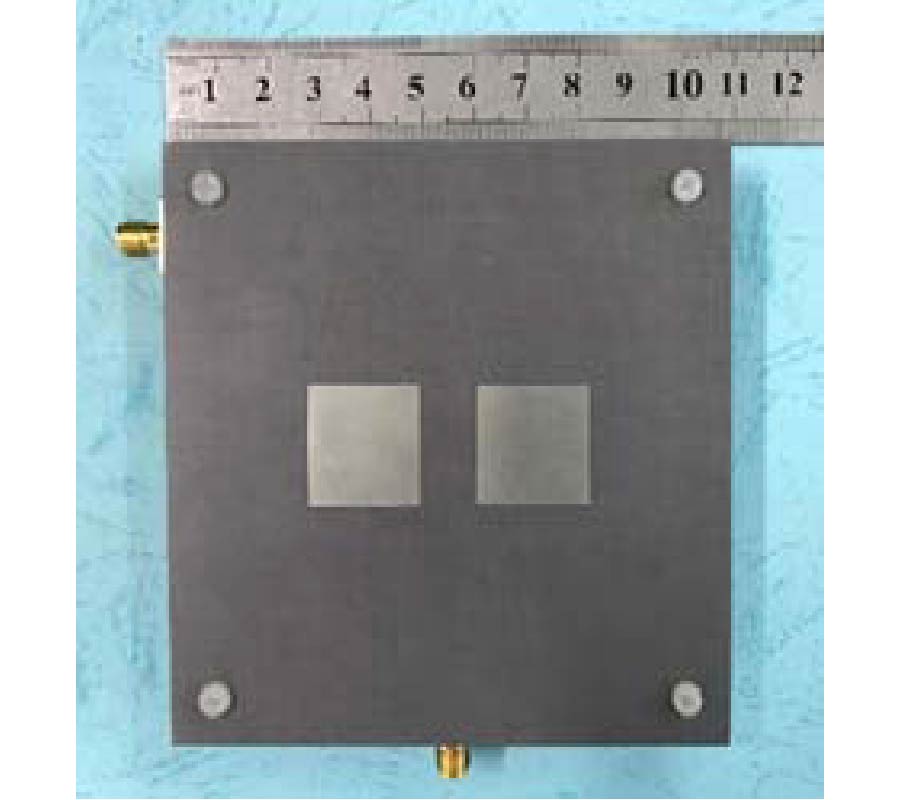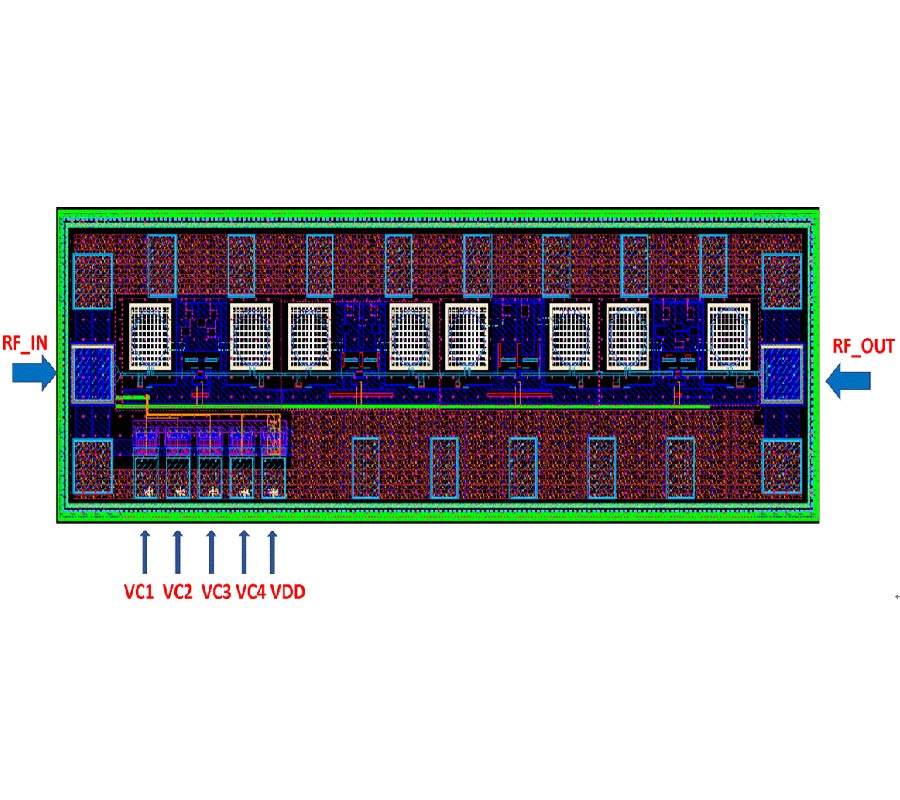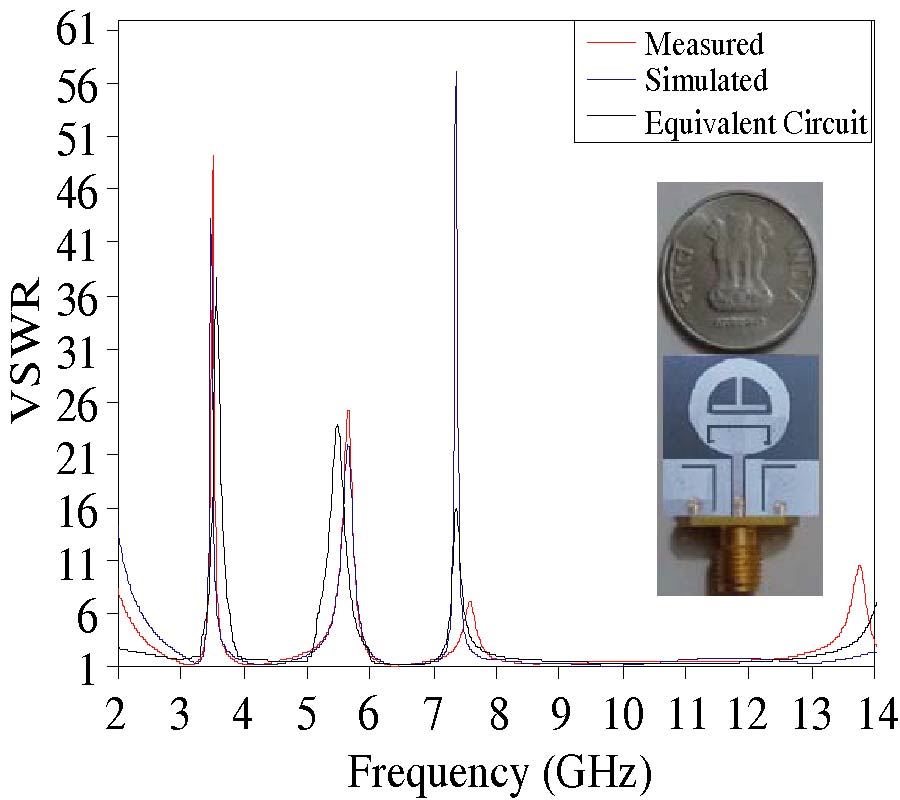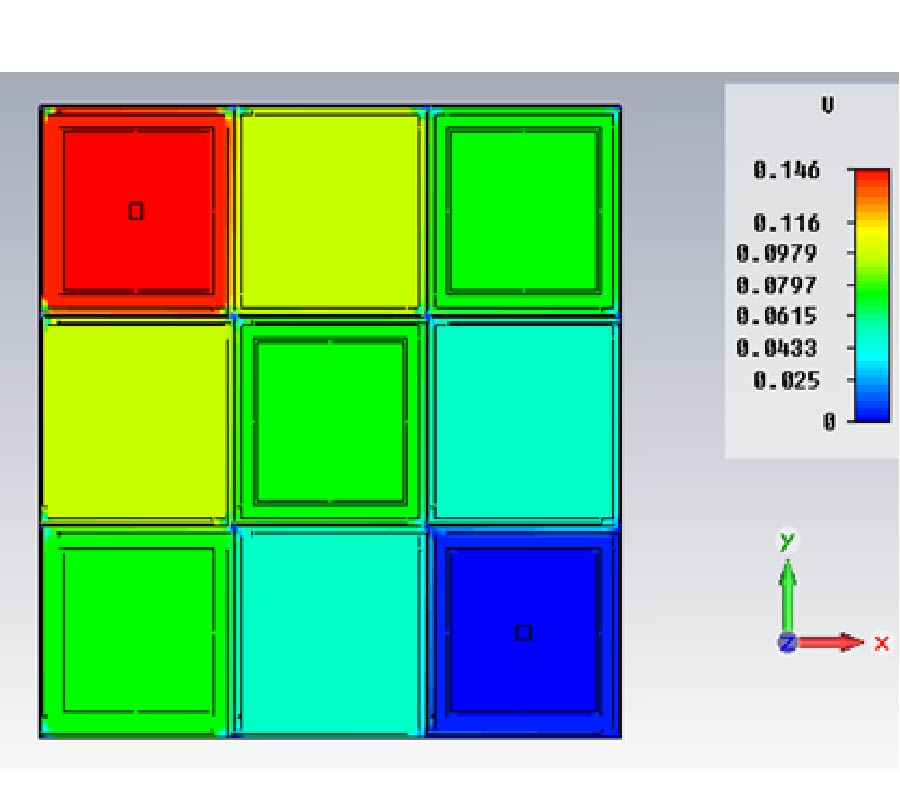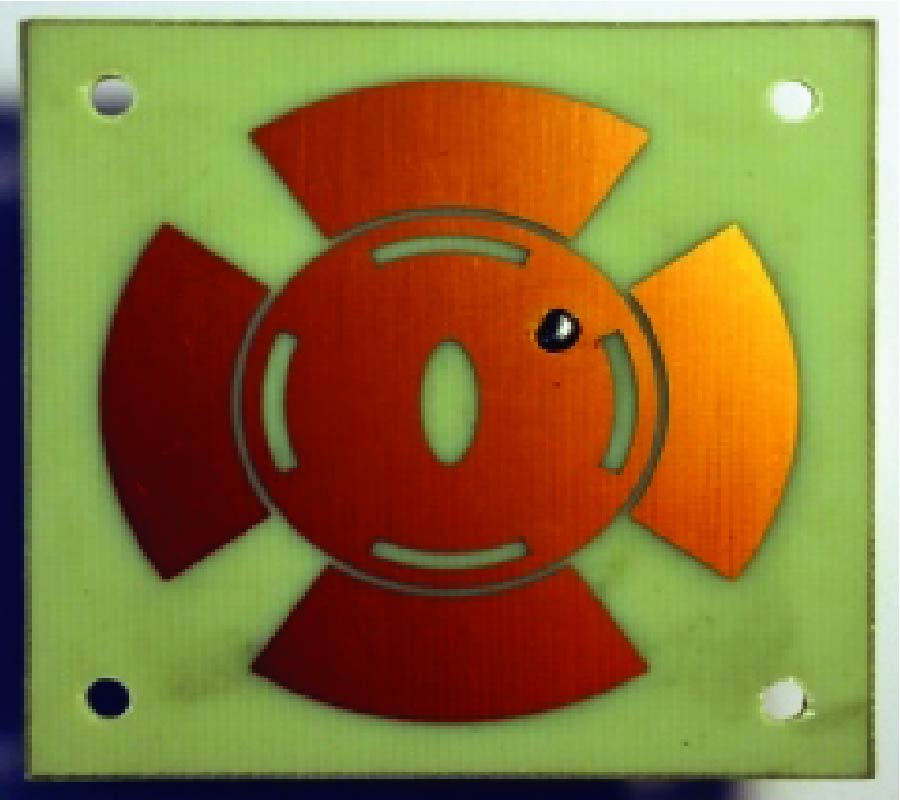Novel Compact Harmonic-Rejected Ring Resonator Based Bandpass Filter
Tamer Gaber Mohammed Abouelnaga and
Ashraf Shouki Seliem Mohra
In this paper, a novel compact ring resonator based bandpass filter with a second harmonic rejection capability is proposed. The proposed bandpass filter uses a stepped-impedance open stubs and a stepped-impedance ring resonator at feeding lines. Stepped-impedance open stubs are used to obtain a better rejection level in the second harmonic-frequency band. Ring resonator's radius is calculated by examining and solving the eigenvalue equation of the ring resonator. Firstly, Sierpinski second order curve is used to achieve size reduction of about 66 % and 71 % compared to conventional microstrip ring bandpass filter inner and outer areas, respectively. Sierpinski curve is chosen because of its symmetry and its suitability for orthogonal feeding lines and open stubs incorporation without using any additional space. Referring to resonant rejection value, the proposed first Sierpinski structure -15 dB simulated fractional bandwidth is 5.6 % at 1.505 GHz and with rejection of -0.16 dB. Transmission zeros at 2.25 GHz and 3.78 GHz are obtained. Secondly, stepped-impedance open stubs are added to the resonator ports to add another transmission zero at 3.84 GHz. At 2.9 GHz, second harmonic band, the proposed structure achieves rejection of - 6.7 dB instead of -1.7 dB for the conventional one. The proposed structure -15 dB simulated fractional bandwidth is 3 % at 1.42 GHz. Innovation is achieved by the simplicity of inserting the transmission zeros, controlling zeros rejection values, incorporating stubs and orthogonal feeding lines in the same resonator area and reasonable power capability of the proposed structure. The proposed bandpass filter's prototype is fabricated using FR4 material, and a good agreement is found between simulated and measured results for return loss and rejection values. The proposed structure is very suitable for L-band applications.
